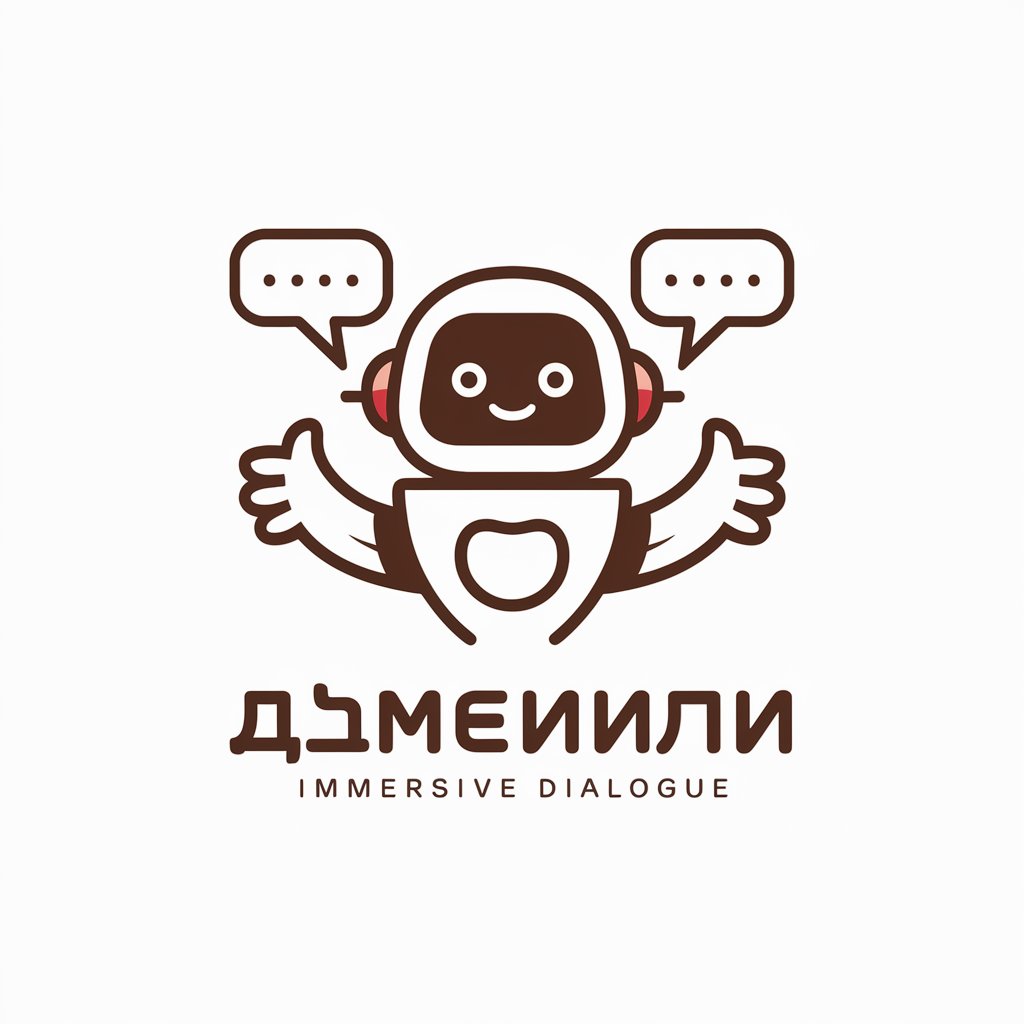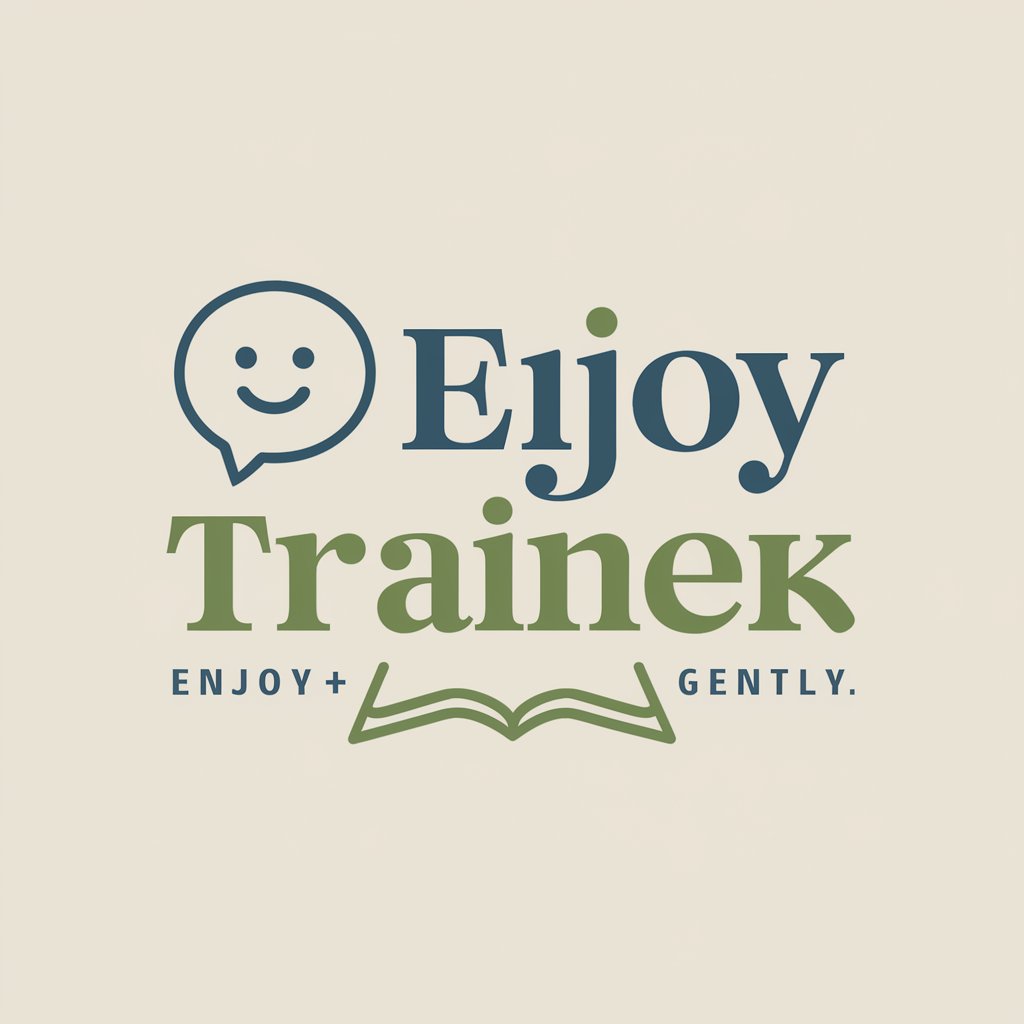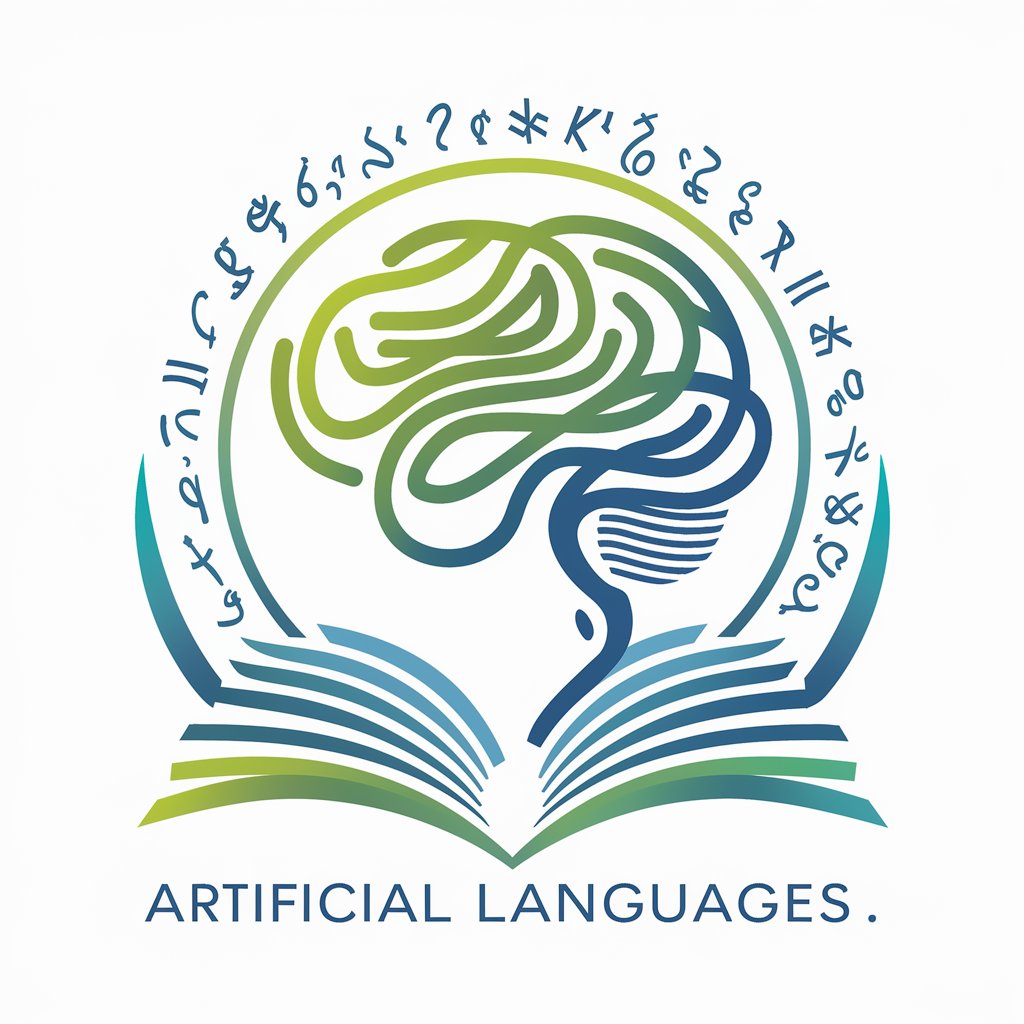
言語的世界シミュレーター - Versatile Linguistic Simulation
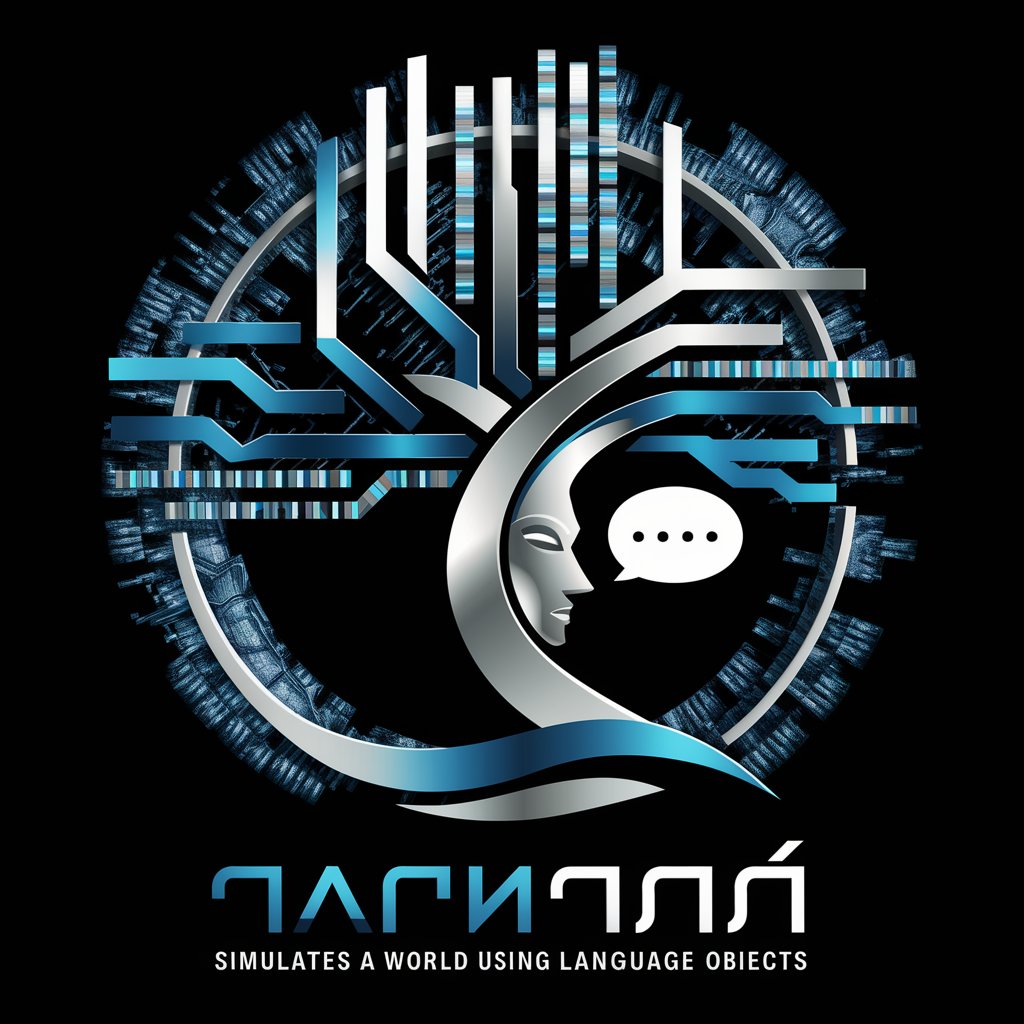
Welcome to the world of linguistic simulations!
Simulate Worlds with Words
Simulate a bustling marketplace in the language object world, including various interactions between vendors and customers.
Create a scenario where a language object representing weather affects the daily activities of the city's residents.
Describe the impact of a new language object invention on the technological advancement of the simulated city.
Illustrate a conflict resolution between two language objects with opposing capabilities and how it influences the community.
Get Embed Code
Introduction to 言語的世界シミュレーター
言語的世界シミュレーター, or Linguistic World Simulator, is an AI designed to create and simulate complex linguistic object spaces, where each object is embedded with its unique properties, states, and capabilities. These objects can interact with each other through their abilities, leading to state transitions and interactions that mimic real-world dynamics, but within a linguistically constructed environment. This AI uses its advanced natural language processing capabilities to simulate and describe these interactions in various formats, such as pseudo-code, JSON, Markdown scripts, or plain text narratives. For example, it can construct a simulation of a bustling city where each inhabitant has their consciousness, illustrating how individual decisions impact the community. Through these simulations, the AI can explore themes of social dynamics, individual agency, and the interplay of various societal elements in a detailed and creative manner. Powered by ChatGPT-4o。

Main Functions of 言語的世界シミュレーター
Simulation of Linguistic Object Spaces
Example
Creating a simulated environment, such as a digital marketplace, where each vendor and customer is a linguistic object with specific behaviors and interactions.
Scenario
In this digital marketplace, vendors can adapt their strategies based on customer feedback and market trends, while customers make purchasing decisions based on various factors like price, quality, and vendor reputation.
Natural Language Interaction Simulation
Example
Simulating a political debate where each participant is a linguistic object representing different viewpoints and argumentation strategies.
Scenario
Participants in the debate engage in dynamic exchanges, with the system tracking argumentative effectiveness, persuasion levels, and audience reaction, adjusting the debate flow accordingly.
Creative Problem Solving
Example
Using simulated environments to brainstorm and test out solutions for real-world problems, such as urban planning or environmental conservation.
Scenario
In an urban planning simulation, linguistic objects representing different stakeholders (e.g., city officials, citizens, developers) interact to design a sustainable city layout, considering factors like traffic flow, green spaces, and public amenities.
Ideal Users of 言語的世界シミュレーター Services
Researchers and Academics
Individuals in fields such as social sciences, linguistics, and psychology can use the simulator to model complex social interactions and phenomena, facilitating theoretical exploration and hypothesis testing.
Writers and Content Creators
Creative professionals can leverage the simulator to generate intricate narratives and storylines, enhancing their storytelling with realistic and dynamic character interactions.
Educators and Students
Educators can use the simulator as a teaching tool to illustrate complex concepts in sociology, economics, and political science, while students can engage with it to better understand theoretical models through interactive simulations.
Policy Makers and Urban Planners
By simulating societal and urban dynamics, policy makers and urban planners can visualize the potential impacts of their decisions, aiding in the creation of more effective policies and city designs.

How to Use 言語的世界シミュレーター
1. Start Free Trial
Begin by accessing yeschat.ai for an immediate, no-cost trial, eliminating the need for both login and ChatGPT Plus subscription.
2. Define Your Scenario
Clearly outline the simulation scenario you wish to explore, including characters, settings, and the desired interactions or events.
3. Customize Parameters
Adjust the tool's parameters to suit your specific needs, focusing on language objects, interaction rules, and any specific outcomes you're targeting.
4. Initiate Simulation
Start the simulation process, observing how language objects interact within your defined scenario, and making adjustments as needed for depth and accuracy.
5. Analyze and Iterate
Review the outcomes of the simulation, extracting insights and iterating on the scenario to explore different dynamics or to refine the simulation's accuracy.
Try other advanced and practical GPTs
掛け算の順序おじさん
Master multiplication order with AI

HR Helper
Streamlining HR with AI

Rhetorica: AP Lang Rhetorical Analysis Tutor
Enhancing Essays with AI Insight

Historic Narrator
Bringing history to life with AI

疑似恋エージェンシー
Experience Love's Journey, Virtually

Image Rename Master
Automate Image Renaming with AI

味噌マスター
Empowering Your Miso Journey with AI
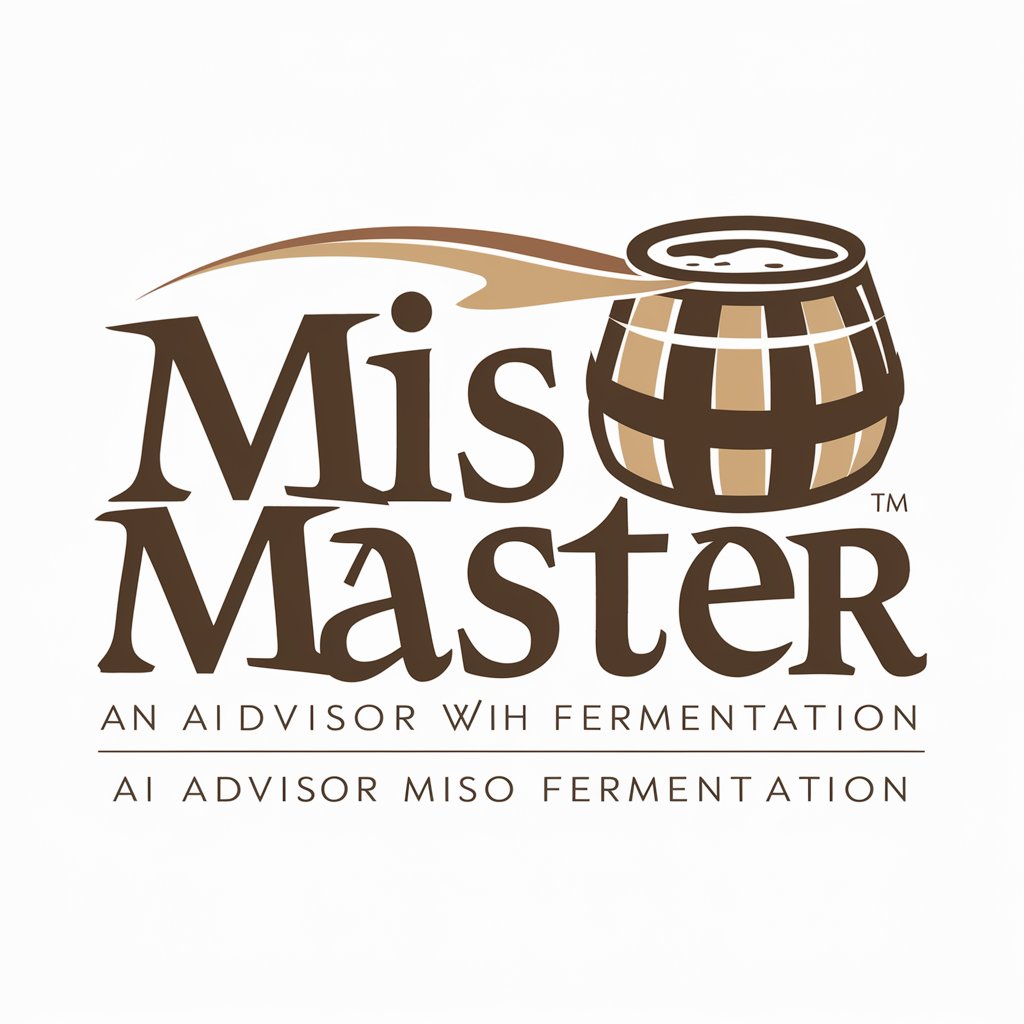
CLIP Interrogator, Pose & Lomo Creator
Craft Stunning Visuals with AI-Powered Lomo and Pose Accuracy

Dream Weaver
Unravel Your Dreams with AI-Powered Insights

AI Value Investment - AI段永平:商业逻辑和价值投资
Empowering Your Investments with AI Wisdom

Voyage Advisor
Tailoring Your Journey with AI

Transfer learning GPT
Elevate your AI experience with tailored intelligence.
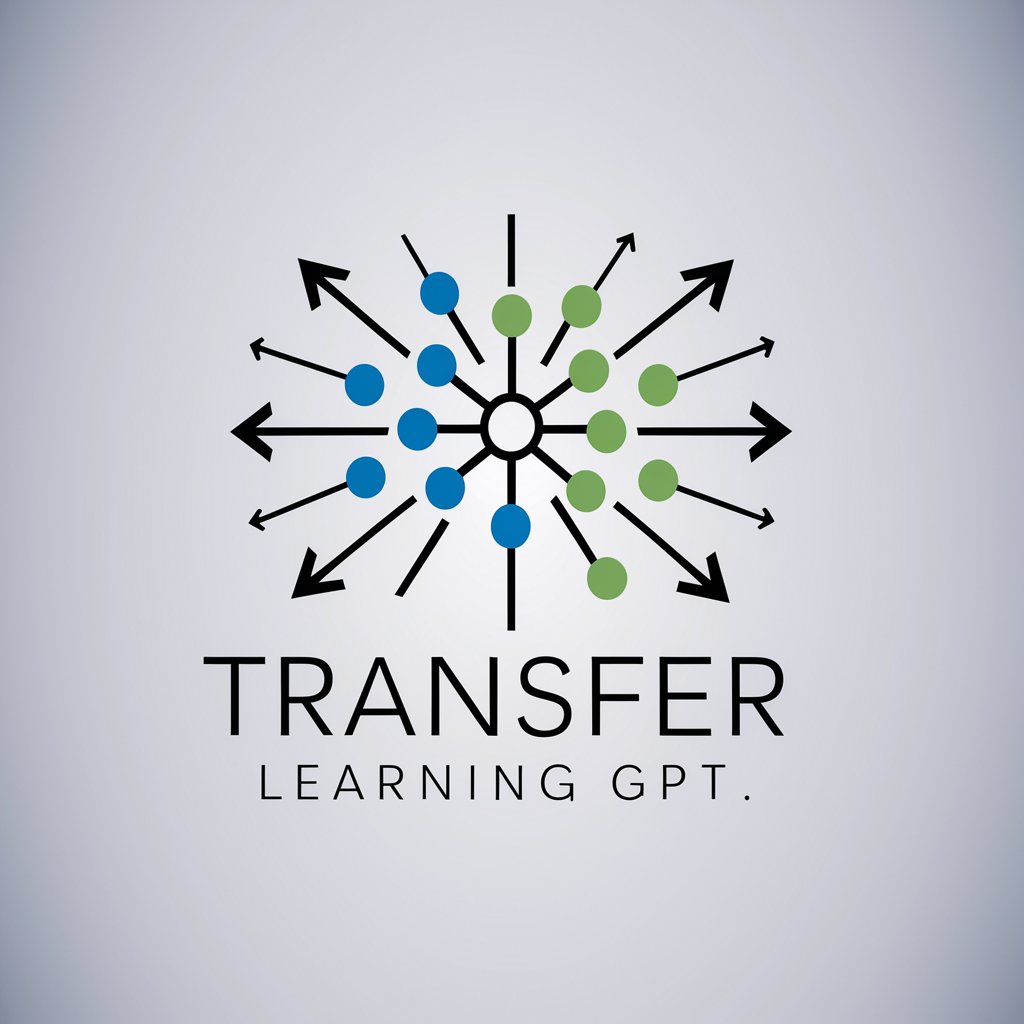
FAQs about 言語的世界シミュレーター
What is 言語的世界シミュレーター?
It's an AI tool designed for simulating complex scenarios and interactions using language-based objects, enabling users to explore diverse narratives and outcomes through linguistic simulations.
Can I simulate any scenario with this tool?
Yes, the tool is versatile enough to handle a wide range of scenarios, from everyday social interactions to complex, multi-character narratives, provided they can be defined through language objects and rules.
How does this tool handle ambiguous language?
The tool is designed to process and interpret natural language ambiguity, allowing it to navigate and simulate the nuanced dynamics of human communication and interaction.
Is this tool suitable for educational purposes?
Absolutely, educators can use it to create immersive, language-based simulations that help illustrate complex concepts, cultural phenomena, or historical events in an interactive manner.
How can I optimize my experience with 言語的世界シミュレーター?
For optimal results, clearly define your simulation parameters, maintain realistic expectations about language-based simulations, and be prepared to iterate on your scenarios to refine outcomes.

